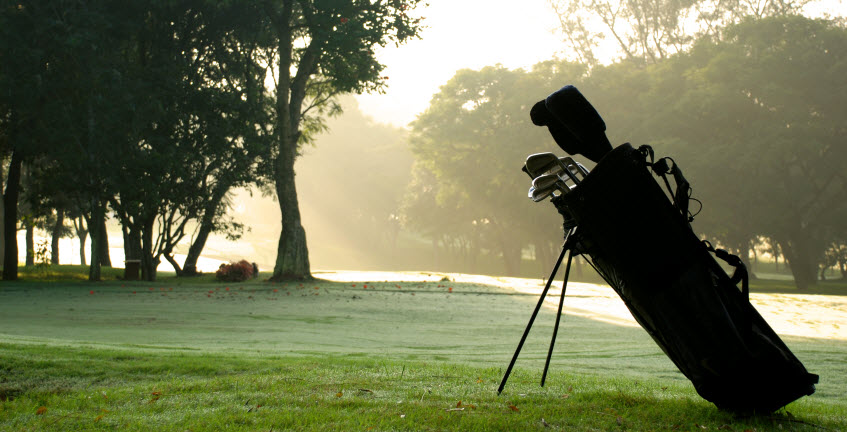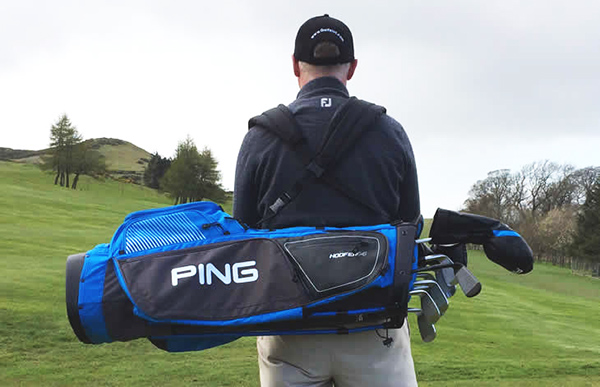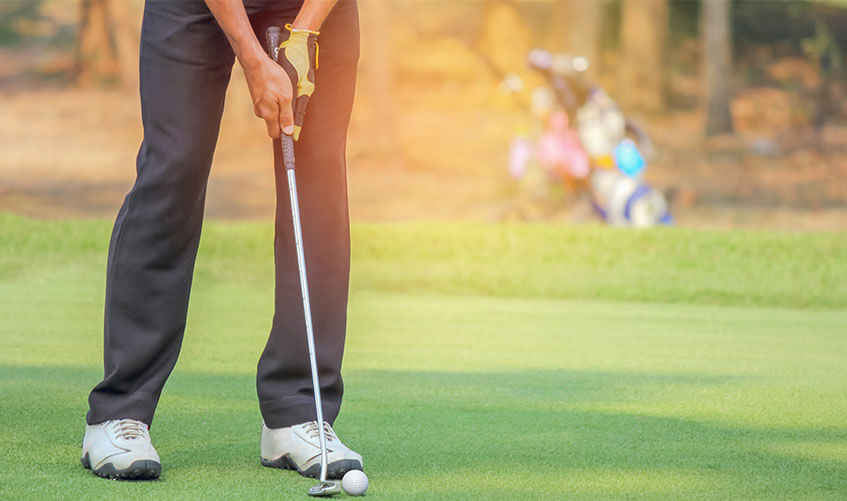When is it Time to Switch Out Your Golf Clubs?
Golf clubs properly cared for will last a long time. In many cases the only reason to change your set of sticks is because you want to – it’s just time for a switcheroo. Often the decision comes down to money. You have a little extra cash to splurge with, so treating yourself to some new scoring clubs sounds like a great idea. However, on other occasions it’s time to move on to a new set of weapons because they just don’t seem to be working for you anymore. Here are some tips to know when it’s time to consign your clubs to a barrel in the basement, and hit the internet or sports store hard in search of replacements:
You Have Gotten Better!
Congratulations are in order. You weren’t sure how much you were going to play golf when you started, but your scores have come down, you enjoy the game, and you want to play more golf in the future. That beginner club set you plucked off the shelf at the sporting goods store when you started is not doing your new-found game any favors.
It’s time to get a custom-fit set of clubs. A session with a professional club fitter will yield the recommendations on club length, shaft flex, clubface, loft, and lie that will produce optimal results for the swing you have developed.
Your Body Has Changed
If you’re a teenager this will often be good news – a growth spurt that has made you outgrow your first set of clubs. For far too many of us, however, the growth is of the wider variety, not taller. Body shape will affect your golf swing. What once was an upright swing may turn flatter to return the clubhead properly to the ball. New clubs with different lies and lofts may be required.
Technology Marches On
Like automobiles, new models of clubs arrive on the market year in and year out. At some point, the lure of the next great thing will bring golfers to upgrade from their current set of clubs. For some, this is just the thing they needed to shave off some strokes, but for others it can be quite an adjustment. Some golfers have reached a saturation point with how large driver heads can grow.
In the case of irons, the technology has actually been reined in. Back in 2010, the “Powers That Be” a.k.a. the club manufacturers began dialing back the shape of the grooves for professional golfers so it would not be so easy for them to spin balls out of heavy rough. That is fine for keeping the Tour golfers honest but, hey, average golfers could use that help too. For some, a change of clubs may mean going retro against the relentless march of technology.
Time Marches On
We’re all older today than we were yesterday. There is no getting around it. Gary Player said at this year’s Masters that at the age of 79, he still uses an extra-stiff driver to belt the ball off the tee. Not many of us are Gary Players. We can’t swing the club as fast as we once did, and that means we need more forgiving shafts as we age. Regular shafts will bend more in the swing and rebound at impact to provide the lost distance from using stiff shafts. If you’re still not seeing results and your swings are clocking in under 90 mph, or your drives aren’t reaching past 180 yards, it might even by time to switch to a senior flex. With all the machines to test swing speeds these days there’s no excuse for playing shafts – and golf balls – that aren’t exactly fitted for your game.
You Start Playing a New Course
If your regular course changes, your clubs may need to switched as well to deliver the best scores. This will not be a change of equipment but a change of composition. These days, golfers have their choices of several metal woods, a host of hybrid clubs, four or five wedges – and you can only play 14 at a time. So as you get used to the shots required at your new course, select the clubs that will be best-suited for making those shots good ones.




